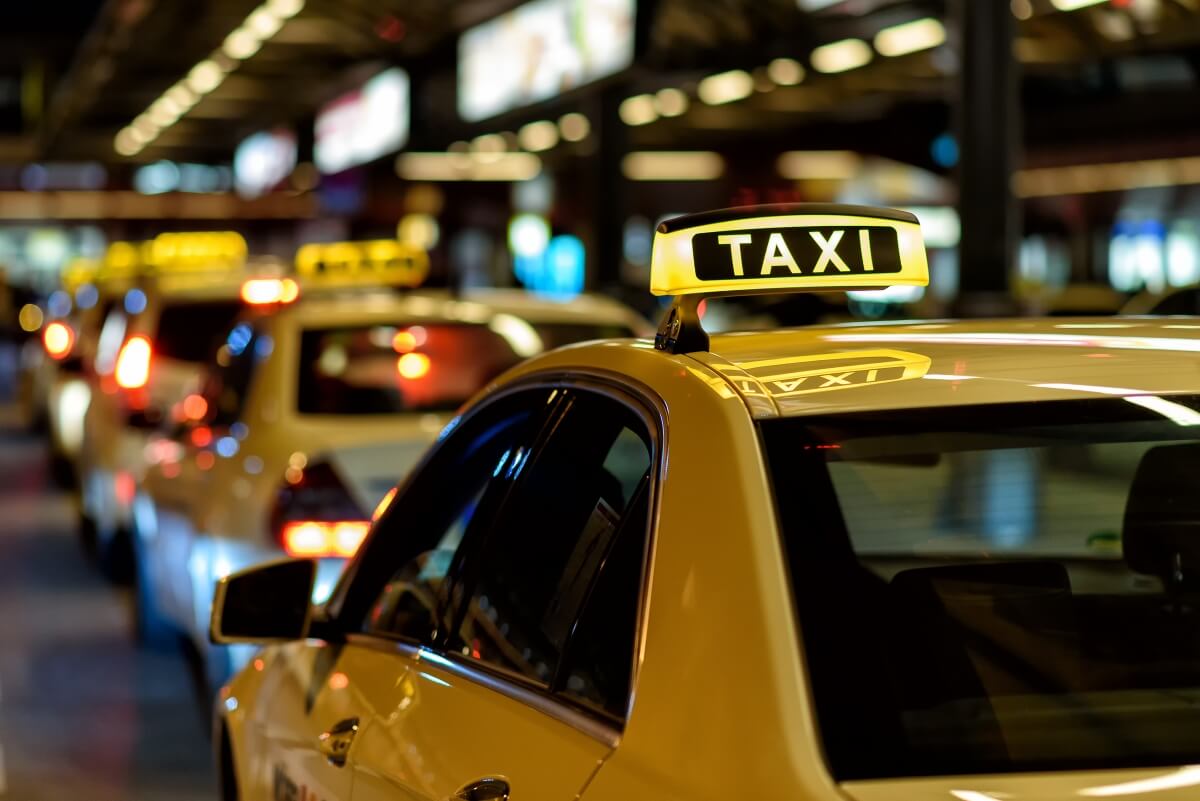In brief: The number of US adults who say their primary job is a chauffeur or taxi driver has nearly tripled over the past 10 years thanks to the advent of ride-hailing services like Uber and Lyft. New services have given riders better options but has crushed the traditional taxi industry.
According to the Current Population Survey (a monthly employment survey from the US Bureau of Labor Statistics), nearly 0.3 percent of Americans over the age of 18 identified as taxi drivers this year. In urban areas with dense populations, the number is higher at 0.8 percent.
The figures are probably low, as Quartz highlights, due to the fact that the CPS only counts this occupation for individuals that list it as their primary job. Many that drive for ride-hailing services do so as a side hustle in addition to their primary gig. Supporting that theory is a 2016 study from Uber and labor economist Alan Krueger which found that more than half of drivers also worked full time elsewhere.
There's bound to be debate as to whether ride-hailing drivers should be classified as taxi drivers.
Google's definition of a taxicab is "a car licensed to transport passengers in return for payment of a fare, usually fitted with a taximeter." Indeed, many consider a taxi to be a "yellow cab" and from that viewpoint, ride-hailing services like Uber and Lyft have absolutely decimated that industry. Perhaps it's best to categorize ride-hailing service workers as chauffeurs or personal drivers?
Masthead credit: Taxi by Cameris
